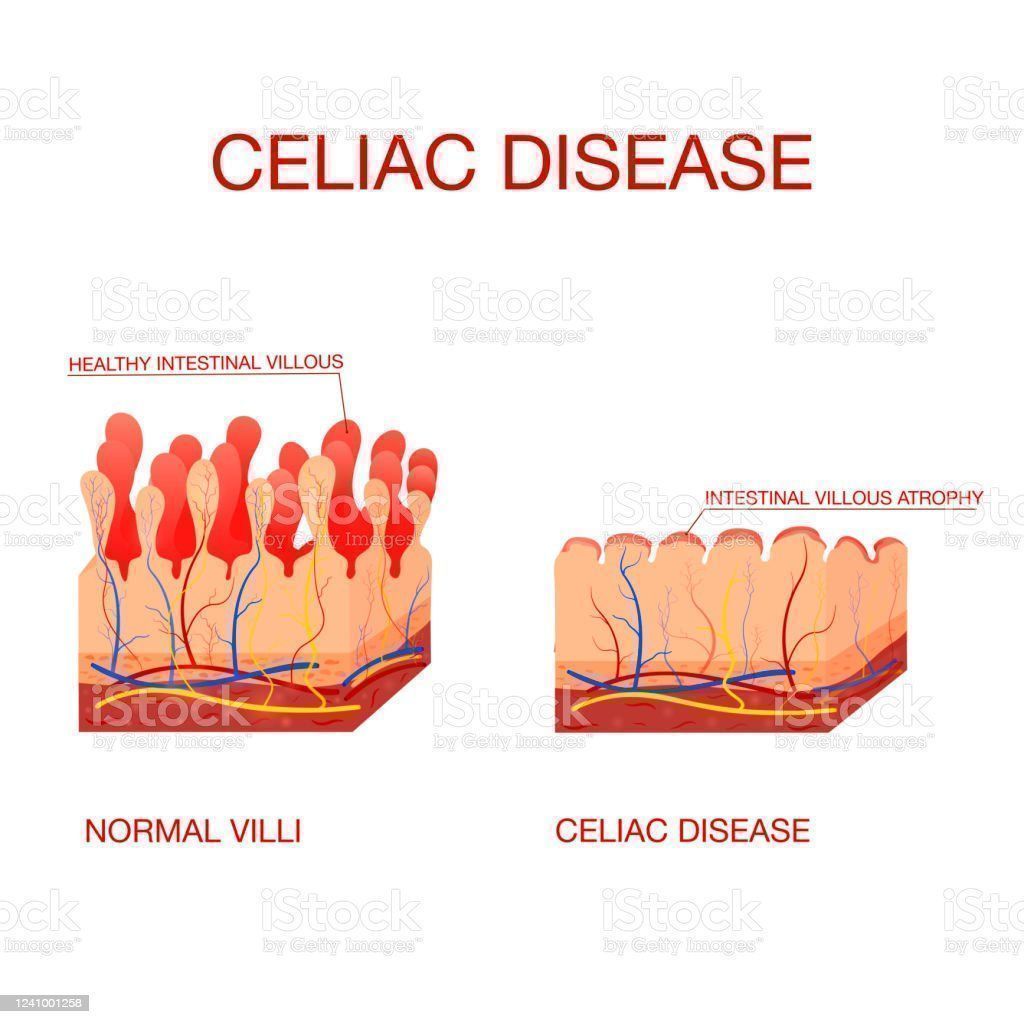Different types of celiac disease and gluten-free diet
The celiac disease Is a systemic autoimmune disease caused by gluten and related substances in genetically susceptible individuals. The estimated incidence in Europeans and their descendants is 1%, with a 2:1 proportion more frequent in women.
A significant percentage of patients (75%) are undiagnosed due in most cases to the fact that celiac disease for years has been related, exclusively to its typical form of clinical manifestation. Undoubtedly, the recognition of other atypical, oligo- and asymptomatic forms of occurrence of the disease, combined with the greater and better use of the available complementary evidence, has made it possible to substantiate the existence of different types of celiac disease such as:
- Symptomatica: Symptoms can be very different for all patients who will test positive;
- Subclinical: Symptoms do not exist, even if diagnostic tests prove positive;
- Latente : These are patients who at a given time, consuming gluten, have no symptoms and the intestinal mucosa is normal. There are two variants of this type:
- Type A: these are patients who were diagnosed with celiac disease during childhood and recovered completely after starting a gluten-free diet, remaining in a subclinical state with a normal diet;
- Type B: In this case, for the purpose of a prior study, it was proven that the intestinal mucosa was normal, but later the disease developed.
The only effective treatment for celiac disease is a lifelong gluten-free diet. Gluten is a protein found in cereal grains such as wheat, barley, rye, oats and derivatives. Gluten is responsible for the elasticity of flour, giving the spongy texture to breads and baked goods.
One should not start a gluten-free diet before having the specialist`s diagnosis, as it would complicate the diagnosis itself. Ingestion of small amounts of gluten or trace amounts can produce intestinal lesions, even without the appearance of clinical symptoms. It is recommended to consume natural products as industrial products have a higher risk of contamination, while it is not recommended to consume bulk or artisan-processed products as cross-contamination may have occurred.
Currently, there are products on the market processed with modified wheat starch that contain minimal amounts of gluten and are suitable for people with celiac disease. It`s recommended to use additional precautions with flours not certified for the Italian Celiac Disease League as they could be contaminated as they have been processed in mills where flours of other grains such as wheat are manufactured. In addition, at thepurchase of processed and potted gluten-free products it is always recommended to check the ingredients that appear on the label.



